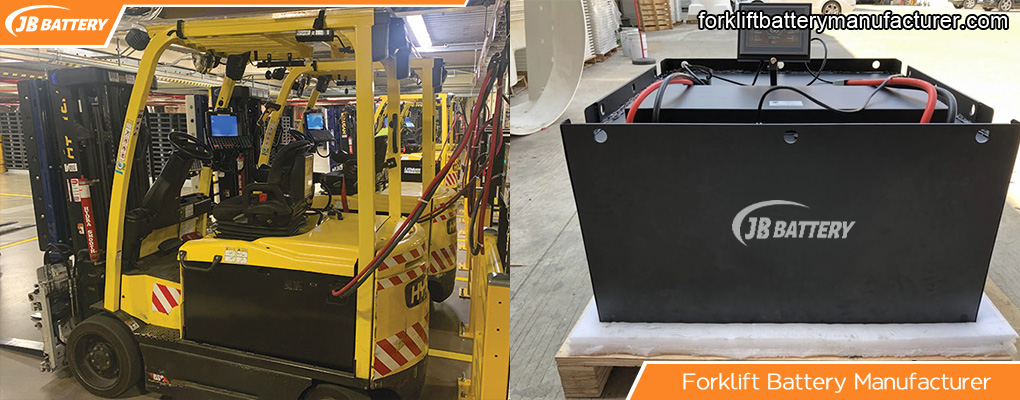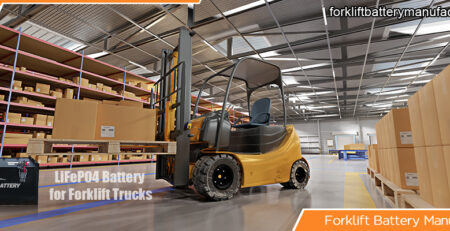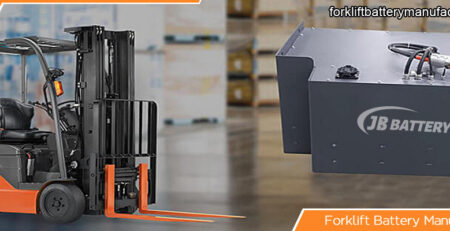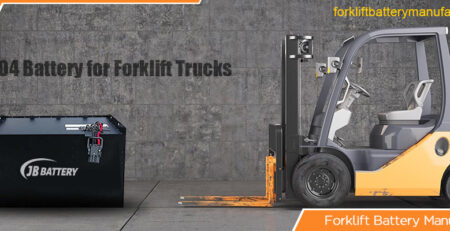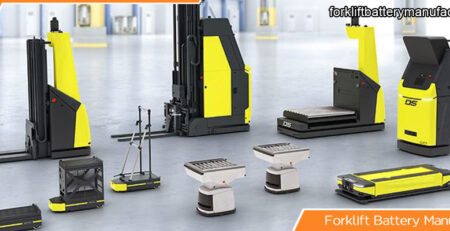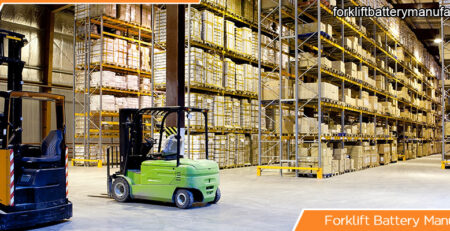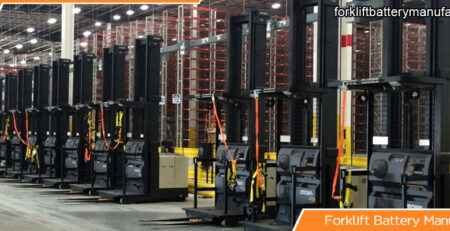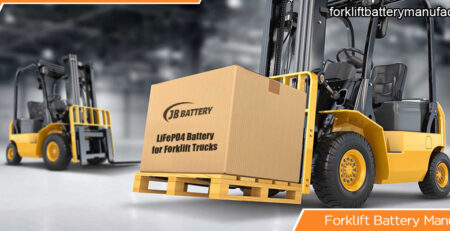Things You Don’t Know About LifePo4 Lithium Ion Forklift Battery Manufacturer And Factory
Things You Don’t Know About LifePo4 Lithium Ion Forklift Battery Manufacturer And Factory
Forklifts are often used in a variety of industries, but they are not always reliable. That’s why it’s important to be familiar with the lithium ion forklift battery manufacturers. Not all of them are trustworthy and some of them might even be dangerous. Before you buy a forklift battery, it’s important to do your research and find a reliable one. In this article, we’re going to explore some of the most common types of forklifts and how to use lithium ion forklift batteries properly.
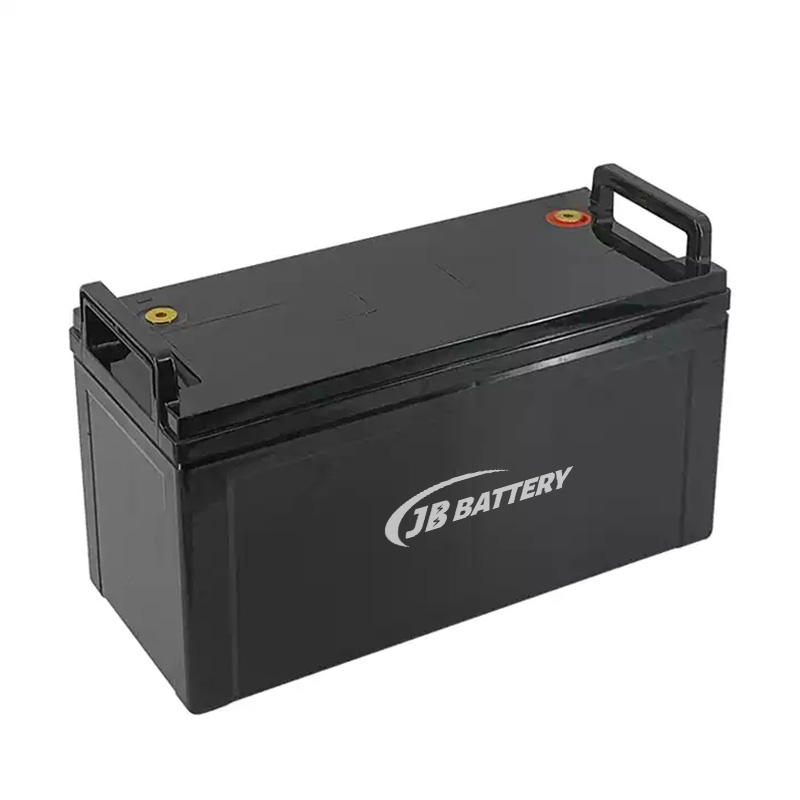
What are the different types of forklifts?
Forklifts revolutionized the industrial industry by allowing people to move more and faster. Forklifts became popular after World War I and evolved alongside equipment technology. While the first forklift was a simple lift truck that could move pallets a few inches off the ground, forklifts today are designed for a wide range of tasks. These are some of the most common types of forklifts.
Counterbalance Forklifts
Counterbalance forklifts, also known as forklift trucks, function similarly to cranes. The name refers to the weight on the back end of the vehicle that serves as a counterweight for any loads picked up by the front forks. This balancing method enables the machine to pick up and move heavier loads than it would otherwise. Because of this additional measure, counterbalance forklifts are frequently used for heavy operational purposes.The cabs can be used to sit or stand and are commonly found in loading docks and warehouses.
Side Loader Forklift
A side loader forklift differs from other forklifts in that the forks are located on the side of the cab rather than the front. These machines are ideal for narrow aisles or lifting loads that aren’t as simple as a pallet. Because the forks are on the side, the machine can transport long sheets of wood, pipes, or other long materials without becoming tangled in corners or entranceways. As a result, side loader forklifts are frequently used in lumber yards to pull sheets of wood from wall storage.
Warehouse Forklifts
A warehouse forklift is a type of lift truck used for goods placement and extraction in a warehouse setting. This type of lift may be equipped with forks or blades that are ideal for sliding under a pallet and gently lifting goods for transport to a different location, or with squeeze mechanisms that allow you to grasp the sides of a flat or container and move it with ease.
Because different designs are more effective in different types of warehouse settings, several different types of forklifts fall under the broad category of warehouse forklift.
Industrial Forklift
A large-capacity forklift is another name for an industrial forklift. An industrial forklift has much greater payload and lifting capacity than a warehouse forklift. They can lift significantly more weight than other forklifts.
Industrial forklifts are frequently seen on construction sites because they are large enough and structurally sound enough to transport heavy loads over rough terrain over longer distances.
Industrial forklifts can help move the following materials on construction sites:
– Pallets of bricks
– Steel joists
– Wood and steel beams
– Stones
– Drywall
These machines can unload the material and transport it directly to the location where it is required on the job site.
Pneumatic Tire Forklifts
Pneumatic means “containing or operated by compressed air or gas.” So a pneumatic tire forklift is simply a forklift with air-filled tires, similar to your truck. They are distinctive to the cushion tireforklift because the tire’s composition provides a strong grip on slippery or uneven terrain and surfaces. The design of the tires contributes to this grip. They’re wider and longer than cushion tires.
Forklift pneumatic tyres are classified into two types: solid pneumatics and air pneumatics. Solid pneumatic tyres are made entirely of rubber. This type of forklift tyre is ideal for construction sites where nails and other sharp objects can easily puncture a tyre. They are, however, more expensive. Air pneumatics are ideal for use in asphalt conditions, as well as outside warehouses and supply yards. Although they pose a risk of puncture, they are extremely useful for any terrain that may be slippery or uneven.
Cushion Tire Forklifts
Cushion tire forklifts are similar to solid pneumatic tires except they don’t have the same grip as pneumatic tires. The plastic is fitted around a metal band, making them a simple and long-lasting tire for interior use. Cushion tires are often smaller than pneumatic tires, giving them a smaller turning radius and making them useful for tight corners in smaller spaces. With no real traction, you wouldn’t want to use a cushion tire for outdoor use.
Rough Terrain Forklifts
Rough terrain forklifts are designed to run on unpaved, uneven and rough terrain – as the name implies. Rough terrain forklifts are fitted with pneumatic tires in order to have that great grip. They are often used for military purposes or on construction sites.
Rough terrain forklifts are the largest of the forklift family and were designed to be a heavy-duty lifting machine. Their bodies are often longer and larger than the traditional forklift. The machines are more durable and therefore, pricier than traditional forklifts. However, depending on the type of project or the nature of a construction business, this monster of a lifting machine could be exactly what is needed.
What are the lithium ion forklift batteries used for?
Lithium ion forklift batteries are used in forklift trucks and other industrial vehicles. These batteries are used to power the vehicle’s engine and are rechargeable. The forklift batteries are made of different types of materials, including lithium and sulfur, and they are able to run for a long period of time without recharging. The forklift battery has a high power density, which means it can store a lot of energy. This allows the forklift battery to run for a long period of time without losing power.
Ways A Lithium-ion Battery Makes Your Forklift Safer
Lithium-ion batteries provide several advantages, including increased efficiency, decreased maintenance, and increased cost savings. One of the most significant advantages is their improved safety features.
Below, we’ll look at five ways a lithium-ion battery makes your forklift safer to use, so you can be sure you’re getting the most out of your investment while also protecting your employees.
They Don’t Require Watering
Lithium-ion batteries do not require watering because of their design. Lithium-ion batteries are sealed shut and require little maintenance to keep them running. Electrolyte is used to fill lead-acid batteries (sulfuric acid and water). The chemical reaction of lead plates and sulfuric acid produces electricity in this type of battery. They must be refilled with water on a regular basis or the chemical process will degrade and the battery will fail prematurely. Lead-acid-forklift-battery Watering a battery poses several safety risks, and workers must exercise extreme caution to avoid any dangers. This includes only topping off with water after it has been fully charged and cooled down, and not overfilling with water.
Workers must pay close attention to water levels while the battery is in use to account for any water level changes that may occur even after the battery has been watered.
There Is Minimal Risk Of Overheating
Overcharging is one of the most dangerous aspects of using lead-acid batteries. When this happens, the electrolyte solution in a lead-acid battery can overheat. This results in the formation of hydrogen and oxygen gas, which raises the pressure inside the lead-acid battery. While the battery is designed to relieve pressure build-up through venting technology, excessive gas accumulation can cause the water in the battery to boil. This has the potential to destroy the charge plates or the entire battery.
Even worse, if a lead-acid battery overcharges and then overheats, the pressure generated by the hydrogen and oxygen gas may not be relieved other than by an instant explosion. An explosion can cause devastating consequences for your employees as well as severe damage to your facility. To avoid this, crews must carefully manage and monitor lead-acid battery charging by avoiding overcharging, providing adequate fresh air via a ventilation system, and keeping open flames or other sources of ignition away from the charging area.
They do not require a dedicated charging room due to the Lithium-ion battery structure. The battery management system is one of the best features of a lithium-ion battery (BMS). The BMS monitors cell temperatures to ensure that they remain within safe operating ranges, posing no risk to employees.
No Separate Charging Station Is Required
As previously stated, lead-acid batteries necessitate careful monitoring and a separate charging station to reduce any risks associated with recharging. When a lead-acid battery overheats while charging, dangerous gases accumulate, increasing the risk of an explosion that could result in worker injury or worse. As a result, a separate space with adequate ventilation and gas level monitoring is required so that crews can be notified in time if hydrogen and oxygen gas levels become unsafe.
Crews are unlikely to notice unseen, odourless pockets of gases that can quickly become flammable, especially if exposed to an ignition source, which is more likely in an unprotected space, if lead-acid batteries are not charged in a safe charging room with proper precautions in place. When using lithium-ion batteries, a separate charging station or room that is required for lead-acid batteries is not required. Because lithium-ion batteries do not emit potentially hazardous gases when charging, crews can plug them directly into a charger while the batteries remain inside the forklifts.
Forklift Injury Risks Are Minimized
Because lead-acid batteries must be removed before charging, this must be done several times throughout the day, especially if you own multiple forklifts or work multiple shifts. This is due to the fact that lead-acid batteries only last about 6 hours before needing to be recharged.
They then need about 8 hours to charge and then a cool down period. That means that each lead-acid battery can only power a forklift for about one shift. Because of the weight of the battery and the use of equipment to move it, battery swapping can be a dangerous act in and of itself.
Batteries can weigh up to 4,000 pounds, so material handling equipment is typically used to lift and swap them.
Workers being crushed by tipping vehicles or between the vehicle and a surface are the leading causes of fatal forklift accidents, according to OSHA. Using material handling equipment to remove, transport, and reinstall a lead-acid battery after charging increases the risk of an accident for workers in charge of forklift battery management. Lithium-ion batteries, on the other hand, can be charged while still in the vehicle. They can also be opportunity charged and have longer run times of 7 to 8 hours before needing to be charged.
Ergonomic Risks Are Minimized
Despite the fact that most forklift batteries require material handling equipment to be removed due to their heavy weight, some smaller forklift batteries can be removed by crews. In general, lithium-ion batteries are lighter than standard lead-acid batteries. The lighter the battery, the lower the ergonomic risks for workers. Correct lifting and handling, regardless of weight, is critical to maximising safety. This includes getting as close to the battery as possible before moving it and bending your knees slightly before lifting or lowering it.
It’s also a good idea to enlist the help of a coworker, and if the battery is too heavy, use a lifting device. Failure to do so can result in neck and back injuries that can keep an employee out of work for an extended period of time.
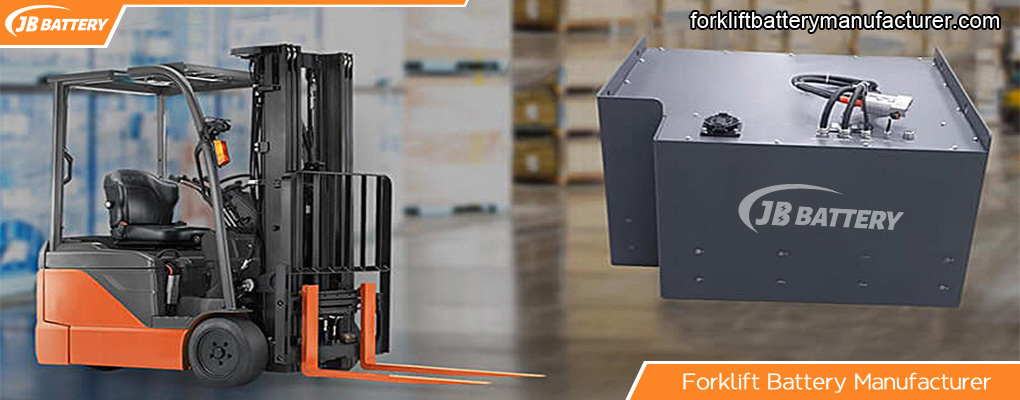
Conclusion
Lithium-ion forklift batteries are a popular choice for many businesses. They are strong and long-lasting, and they can be used in a variety of applications. However, there are a few things you should be aware of before you buy a lithium-ion forklift battery. In this article, we will cover the most important things you should know about lithium-ion forklift batteries.
For more about things you don’t know about lifepo4 lithium ion forklift battery manufacturer and factory,you can pay a visit to Forklift Battery Manufacturer at https://www.forkliftbatterymanufacturer.com/2022/06/09/lithium-ion-forklift-battery-specifications-from-forklift-lithium-battery-manufacturers-to-be-consider/ for more info.

